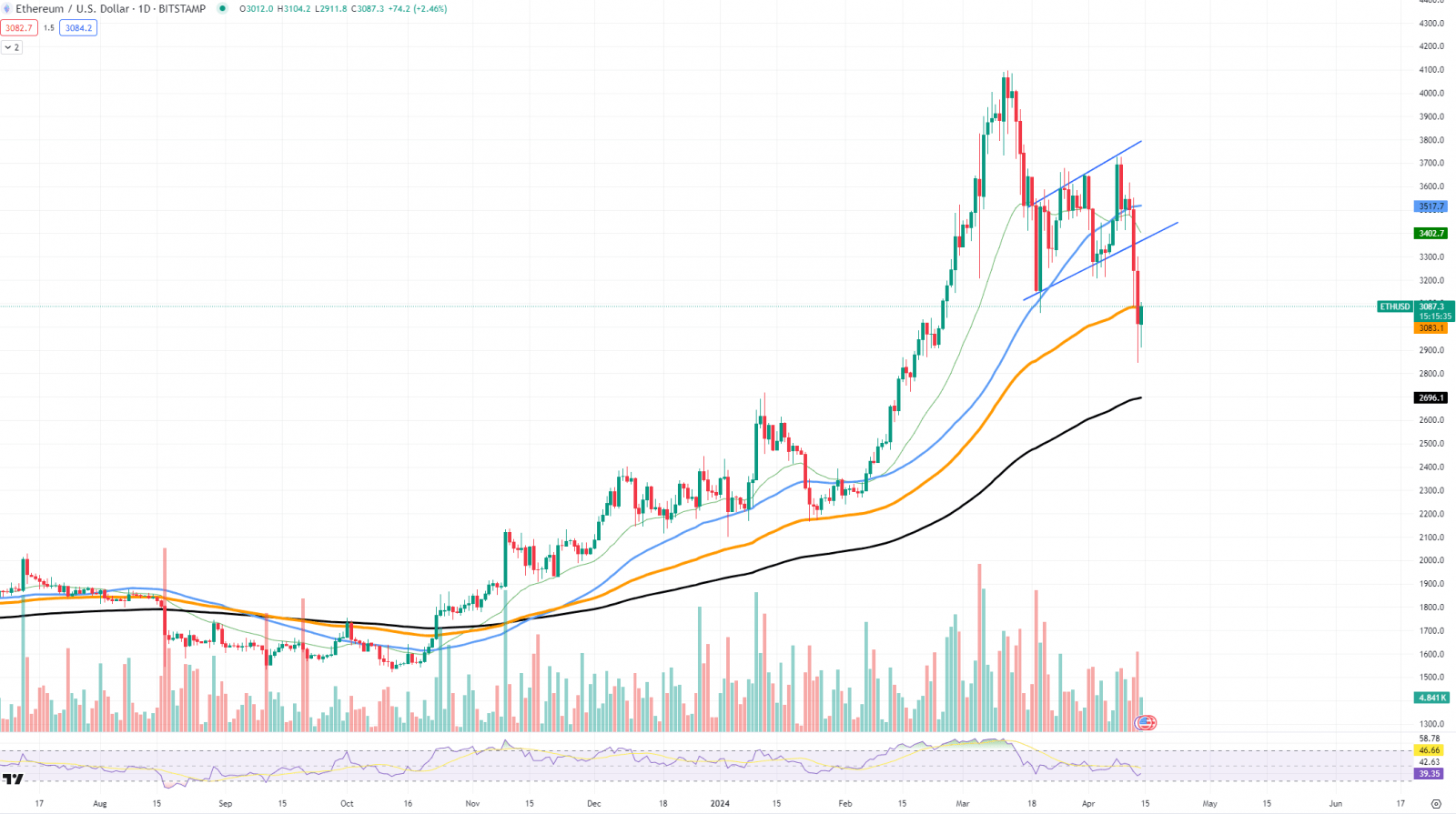Vitalik Buterin Reveals Technology That Will Help Ethereum’s Main Network

Vitalik Buterin recently discussed a technology that could significantly enhance Ethereum’s main network. This technology involves switching Ethereum’s current system to “Verkle trees,” making the network more “zk-friendly” — in other words, more compatible with zero-knowledge proofs, which are methods of proving knowledge of some information without revealing that information itself.
Buterin points out the current limitations with “keccak Merkle Patricia trees,” part of Ethereum’s underlying structure. The main issue is the enormous “witness sizes” — the amount of data needed to prove a transaction — which can be up to 300 MB. Such sizes are impractical for processes that need to be lean and efficient, like zero-knowledge proofs.

“Verkle trees,” on the other hand, are designed with zero-knowledge proofs in mind. They use a different type of cryptographic technique and are based on a specific kind of mathematical curve that is better suited for this purpose. The switch to Verkle trees would assist the application of zero-knowledge proofs to Ethereum’s Layer 1.
Advancements in the aforementioned technology by Polygon’s zkEVM Type 1 were acknowledged. The network processes proofs quickly with the requisite computational power. The Ethereum community leans toward adopting Verkle trees rather than adjusting the existing system as suggested in proposals like EIP-3102.
Enhancements that improve efficiency and scalability typically have a positive impact on the value of digital assets. However, implementing Verkle trees could lead to faster transactions and lower costs, which may attract more users and developers to the Ethereum network. This increased activity and demand could, in turn, push the price of Ethereum upward.





 Bitcoin
Bitcoin  Ethereum
Ethereum  Tether
Tether  USDC
USDC  Dogecoin
Dogecoin  TRON
TRON  Cardano
Cardano  Chainlink
Chainlink  Bitcoin Cash
Bitcoin Cash  LEO Token
LEO Token  Litecoin
Litecoin  Dai
Dai  Monero
Monero  Ethereum Classic
Ethereum Classic  Stellar
Stellar  Stacks
Stacks  OKB
OKB  Cronos
Cronos  Hedera
Hedera  Cosmos Hub
Cosmos Hub  Theta Network
Theta Network  Maker
Maker  Gate
Gate  KuCoin
KuCoin  Algorand
Algorand  Polygon
Polygon  Tether Gold
Tether Gold  EOS
EOS  NEO
NEO  Tezos
Tezos  Zcash
Zcash  TrueUSD
TrueUSD  Synthetix Network
Synthetix Network  Bitcoin Gold
Bitcoin Gold  IOTA
IOTA  Holo
Holo  0x Protocol
0x Protocol  Dash
Dash  Zilliqa
Zilliqa  Siacoin
Siacoin  Enjin Coin
Enjin Coin  Ravencoin
Ravencoin  Basic Attention
Basic Attention  Qtum
Qtum  Decred
Decred  Ontology
Ontology  NEM
NEM  Lisk
Lisk  Pax Dollar
Pax Dollar  Nano
Nano  Numeraire
Numeraire  DigiByte
DigiByte  Waves
Waves  Status
Status  Huobi
Huobi  Hive
Hive  Steem
Steem  BUSD
BUSD  Ren
Ren  OMG Network
OMG Network  Bitcoin Diamond
Bitcoin Diamond  Bytom
Bytom  Kyber Network Crystal Legacy
Kyber Network Crystal Legacy  HUSD
HUSD